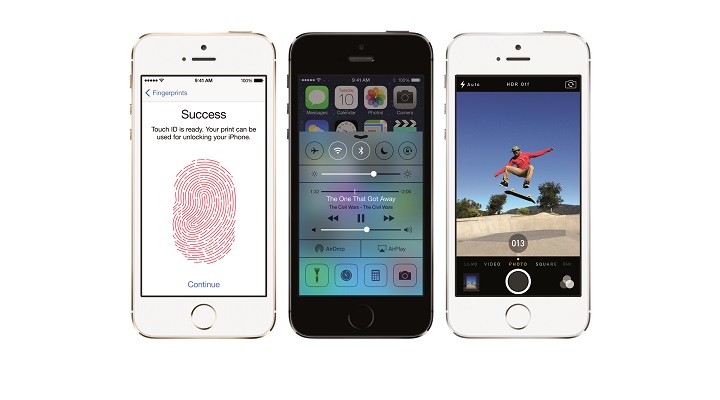The newest addition to the Apple family, the iPhone 5S/5C will be launched later this month. The addition of fingerprint recognition technology incorporating sapphire crystal has greatly benefitted substrate manufacturers. Crystal Applied Technology hit record highs with their August revenue at NT$194 million (US$6.5 million) with a monthly growth of 26.79 percent. Crystalwise Technology revenue for August was NT$170 million, an increase of 3.6 percent.
 |
|
The new iPhone 5S/5C incorporating sapphire crystal to create the touch sensitive home button and fingerprint sensors for fingerprint recognition. (source: Apple.com) |
In the new iPhone 5S/5C, Apple has used sapphire crystal to create the touch home button and fingerprint sensors. After months of testing, it was decided to expand orders to a broader range of manufacturers in August. Such manufacturers included Crystal Applied Technology, Crystalwise Technology, and Tera Xtal Technology.
Sapphire crystal has a hardness second only to that of diamonds. This makes it especially difficult to manufacture. Adding in that Apple requires the substrate to have a width no more than 300µm for use in the phone’s home button, substrate tends to have a low yield rate.
In the past, one 2 inch piece of sapphire crystal was enough to be cut into 55 pieces for use in Apple iPhone cameras. Now however, the same piece of crystal can only be cut into 16 pieces for the home button in the new iPhone 5S/5C. With increasing screen size and manufacturing becoming more difficult, there will be a much faster consumption of sapphire crystal manufacturer’s production capacity.
Crystal Applied Technology saw monthly growth of 26.79 percent with August revenue reaching NT$194 million, year-on-year expected to reach 100.65 percent showing a strong growth trend. It is predicted that the upward growth trend will continue till the end of the year. Crystalwise Technology August revenue was NT$170 million with a monthly growth of 3.6 percent, year-on-year of 78.69 percent. Tera Xtal Technology revenue for August was NT$99.23 million, declined 16.61 percent and year-on-year is expected to decrease 35.11 percent. The main impacting cause was a slump in delivery numbers and adjustment to LED industry inventory. Revenue for Apple optic component supplier however deferred, which is a test to their technology.












